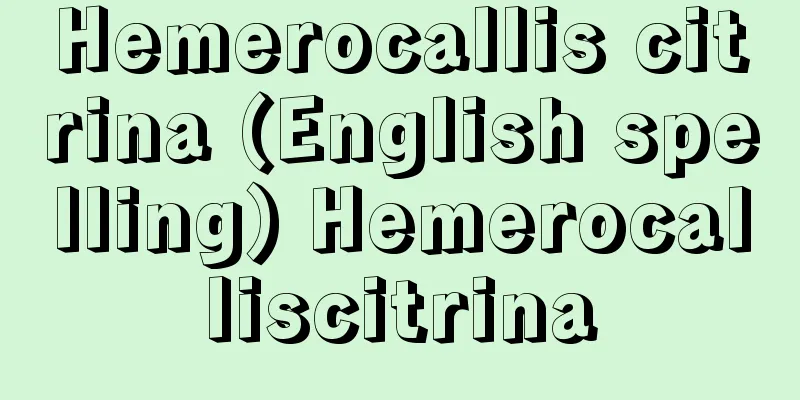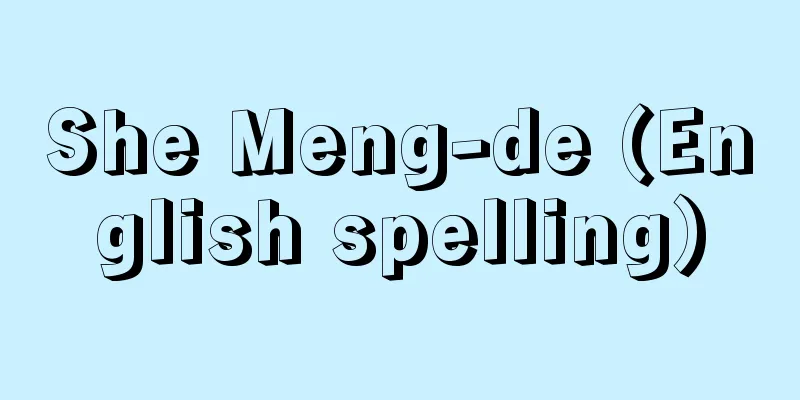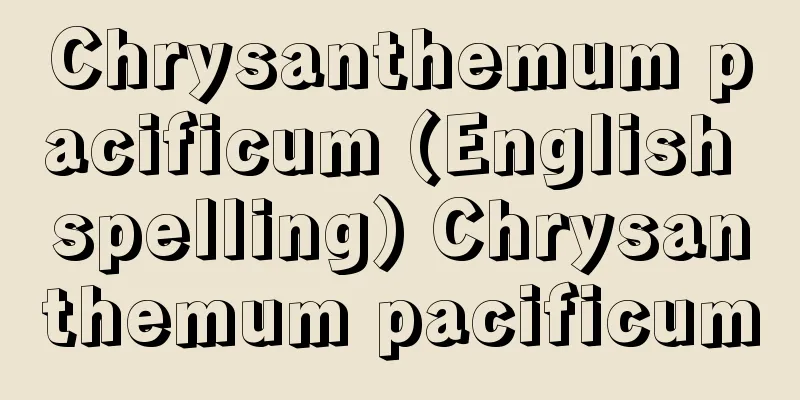The Five Great Kings

|
A Myo-o-sect deity consisting of a set of four great Myo-o, Gozanze, Gundari, Daiitoku, and Kongoyasha, with Acala in the center and the four great Myo-o to the north, south, east, and west. Also called the Five Great Myo-o. Each of the Five Great Myo-o is the most powerful wrathful deity that can remove various obstacles, but the Five Great Myo-o are the second largest in size after the Eight Great Myo-o, as they have the perfect protective form that protects the center and all four directions. Belief in the Five Great Myo-o was popular during the Heian period, and many sculptures and paintings were made as the principal image of the Godanho. In esoteric Buddhist temples, they are placed in the Godai Hall. There are some different theories about the placement of the Four Great Myo-o, and in the Tendai sect, Usushima Myo-o is sometimes added instead of Kongoyasha. The Five Great Wisdom Kings were created in different ways, but were eventually collected in the Ninno Gokoku Hannyaharamitta Sutra Dharani Recitation Ritual (Ninno Gokoku Hannyaharamitta Kyodara Nenjugiki) translated by Amoghavajra, and their names were recognized. In other words, it is said that there are Wrathful Acala Vajrayana, Wrathful Gosanze Vajrayana, Wrathful Kanro Gundari Vajrayana, Wrathful Six-legged Vajrayana, and Wrathful Jōshin Vajrayana as the transformed bodies of the Bodhisattvas (bosatsu) of Vajrayana, Vajrayana, Vajrayana, Vajrayana, and Vajrayana. Although these are called "Vajrayana," iconographically they are the Five Great Wisdom Kings. The painting based on this ritual translated by Amoghavajra is called "Five Deities of the Ninno Sutra," and was brought from China by Kukai. However, this style was not used in the Heian period, and the statues of the Five Great Powerful Bodhisattvas, drawn based on the old translation (translated by Kumarajiva) of the Niō-kyō Sutra, became the principal image of the Niō-e. Examples of the Five Great Wisdom Kings are carved in relief on the sides of five-pronged bells made in China during the Tang dynasty. There are also Niō-kyō mandalas featuring the Five Great Wisdom Kings. Among the paintings, the white sketches at To-ji Temple and Daigo-ji Temple, and the sculptures at Daikaku-ji Temple are well known. [Toshiaki Manabe] [Reference items] | | | | |Source: Shogakukan Encyclopedia Nipponica About Encyclopedia Nipponica Information | Legend |
|
不動明王を中央として、東西南北におのおの降三世(ごうざんぜ)・軍荼利(ぐんだり)・大威徳(だいいとく)・金剛夜叉(こんごうやしゃ)の四大明王を配置した一組一体からなる明王部の尊形。五大尊ともいう。五大明王各尊は種々の障害を取り除くもっとも強力な忿怒(ふんぬ)形であるが、なかでも五大明王は、中央と四方の方角を守り固める完全な守護形式を有するものとして、八大明王に次ぐ規模をもつ。平安時代には五大明王の信仰が流行し、五壇法(ごだんほう)の本尊として彫刻、絵画が数多くつくられた。密教寺院では五大堂などに安置させる。四大明王の配置には若干の異説があり、天台系では金剛夜叉のかわりに烏枢瑟摩(うすしま)明王を加える場合がある。五大明王の成立はおのおの別で、最終的には不空(ふくう)訳『仁王護国般若波羅蜜多経陀羅尼念誦儀軌(にんのうごこくはんにゃはらみったきょうだらにねんじゅぎき)』に集約され、尊名が認められる。すなわち金剛波羅蜜、金剛手、金剛宝、金剛利、金剛夜叉諸菩薩(ぼさつ)の変化身(へんげしん)として威怒(いぬ)不動金剛、威怒降三世金剛、威怒甘露(かんろ)軍荼利金剛、威怒六足金剛、威怒浄身(じょうしん)金剛があると伝えている。これらは「金剛」という名で呼称されているが、図像学的には五大明王のことである。この不空訳の儀軌に基づいて描かれたものを『仁王経五方(ごほう)諸尊図』といい、空海によって中国より請来された。しかし平安時代ではこの形式は使われず、旧訳(鳩摩羅什(くまらじゅう)訳)『仁王経』に基づいて作画された五大力吼(ごだいりきく)菩薩像が仁王会の本尊となった。五大明王の作例は中国で唐代に製作された五鈷鈴(ごこれい)の側面に浮彫りされている。また曼荼羅(まんだら)では五大明王などを配した仁王経曼荼羅図がある。絵画では東寺、醍醐(だいご)寺の白描図、彫像では大覚寺のものが知られる。 [真鍋俊照] [参照項目] | | | | |出典 小学館 日本大百科全書(ニッポニカ)日本大百科全書(ニッポニカ)について 情報 | 凡例 |
Recommend
Kinki
Nutrition and Function The market name is Kinki, ...
Amendoa (English spelling) (Portuguese)
1. Another name for almonds. The name given when t...
Russian Orthodox Church
A sect of Christianity, it is the core church of ...
General Revenues - Ippanzaigen
A method of classifying local government revenues....
Quriq (English spelling)
...The Syrian Desert stretches from this belt to ...
Chichijima Islands
An archipelago that forms part of the Ogasawara Is...
Io
Lament. See the entry for "Jitsū". Sourc...
Saumurois
...The western region, which is part of the Armou...
Ekirinbon - Ekirinbon
...However, the existing Kohon Setsuyoshu is divi...
Toyotsu [town] - Toyots
A former town in Miyako County, eastern Fukuoka Pr...
Schumacher, EF (English spelling) SchumacherEF
…an abbreviation for “alternative technology” or ...
Eight Views of Omi - Oumi Hakkei
This indicates scenic spots along the shores of L...
Saltykov-Shchedrin (English spelling)
…His real name was Mikhail Evgrafovich Saltykov. ...
stochastic effects
...The occurrence of leukemia and various cancers...
Literature - bungaku (English spelling) literature English
The simplest explanation of literature is that it...








![Sanpei [town] - Mikame](/upload/images/67ccef60a395a.webp)
